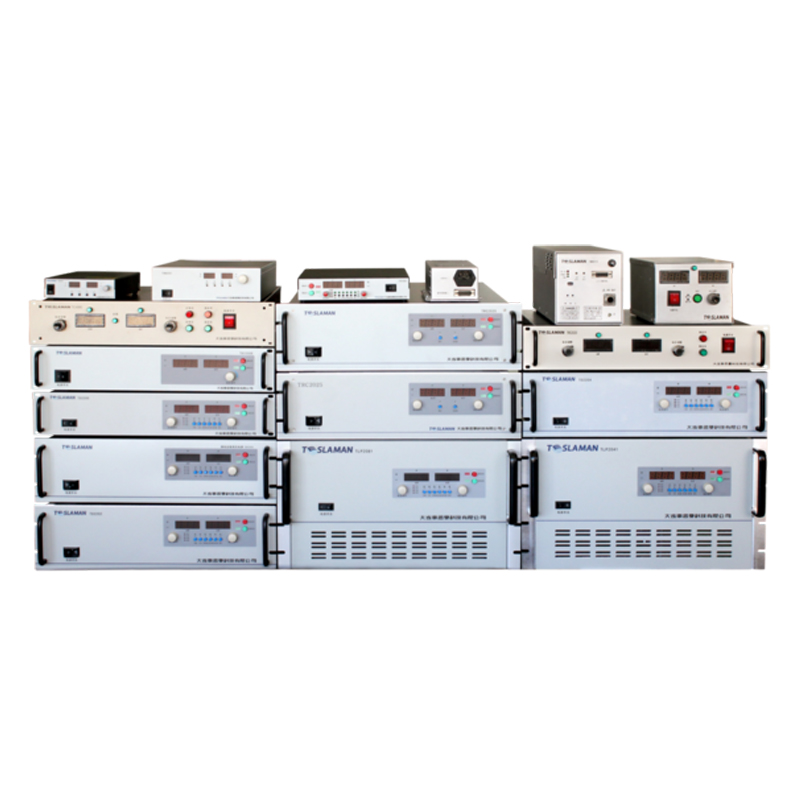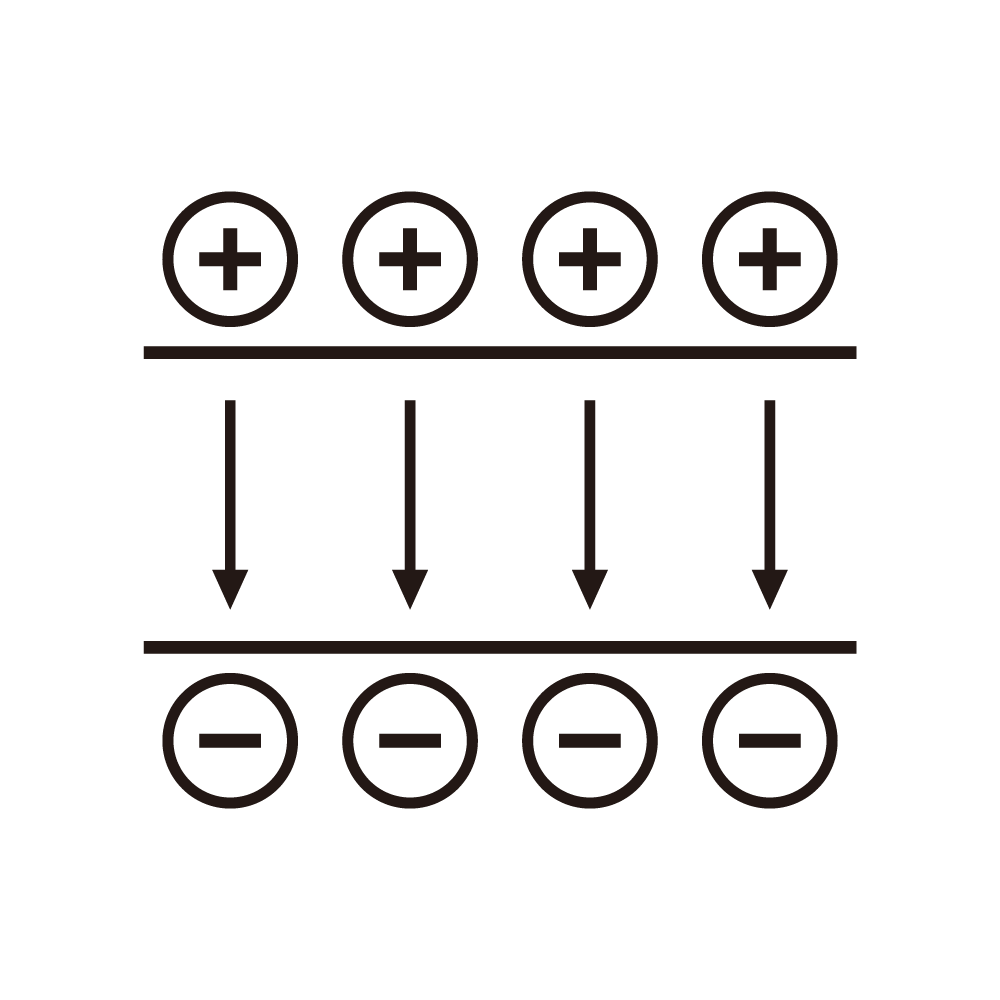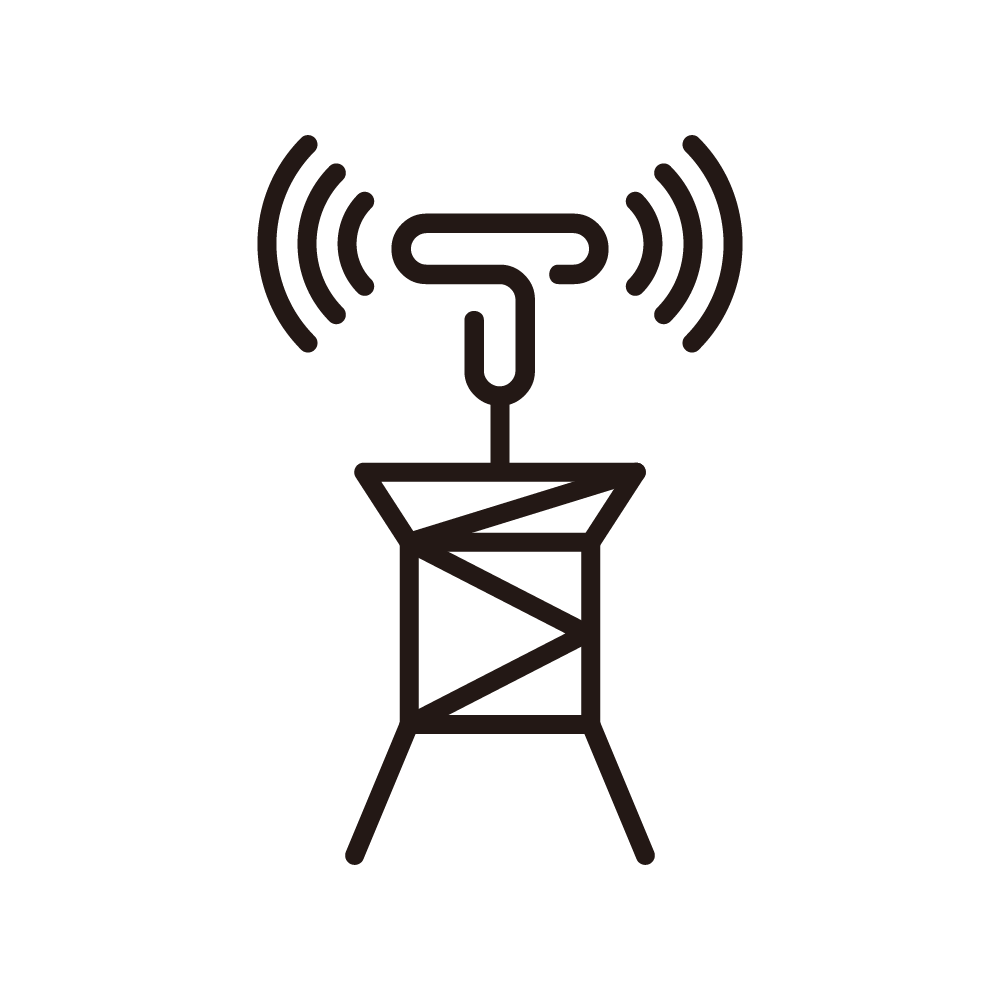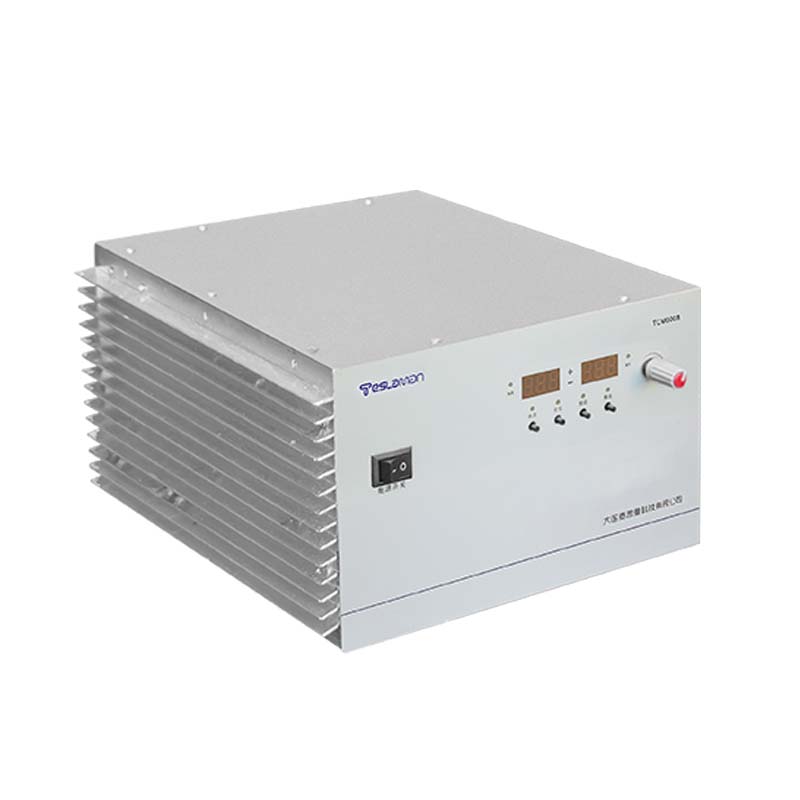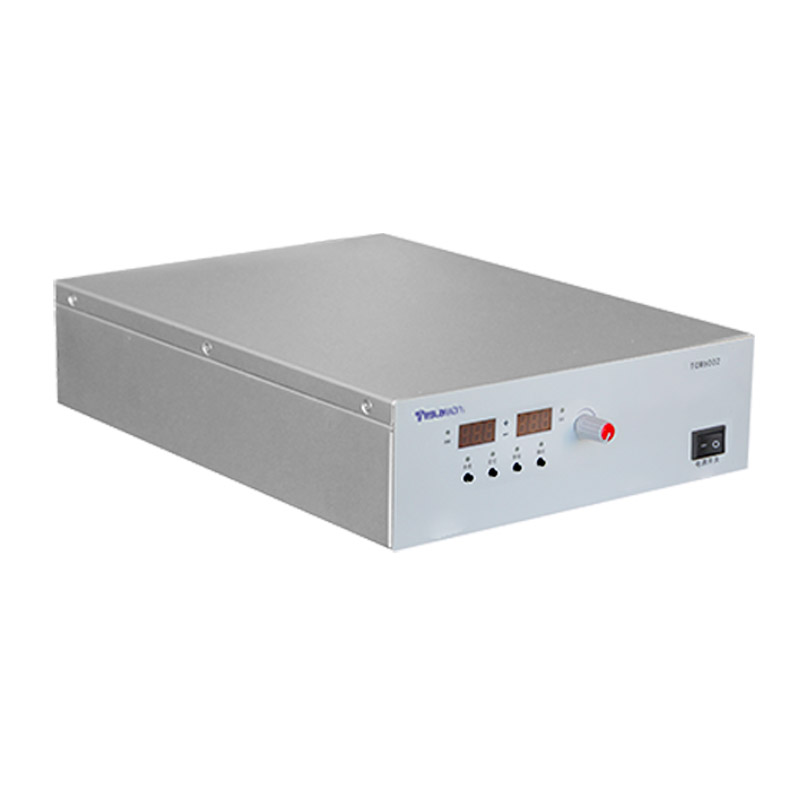Enhancement of Spatial Resolution of High-Voltage Power Supplies for Microchannel Plate Detectors
Among the performance indicators of microchannel plate (MCP) detectors, spatial resolution is a core parameter that measures their detection accuracy, directly affecting the application effects in fields such as astronomical observations, particle physics experiments, and biological imaging. As a key component for driving the electron multiplication of microchannel plates, the optimization of the performance parameters of high-voltage power supplies plays a decisive role in improving the spatial resolution of detectors. An in-depth study of the internal relationship between high-voltage power supplies and spatial resolution helps to break through the performance bottleneck of detectors and promote technological development in related fields.
Microchannel plate detectors generate avalanche-like electron multiplication under the action of an electric field by applying a high-voltage electric field within the microchannels. The stability of the output voltage of the high-voltage power supply directly determines the uniformity of the electric field, and a uniform electric field distribution is the basis for ensuring the consistency of electron trajectories. If there are fluctuations in the power supply voltage, it will lead to uneven electric field strength within the microchannels, causing electrons to scatter during the multiplication process, reducing the positioning accuracy of the detector for particle positions, and decreasing the spatial resolution. Therefore, the primary measure to improve the spatial resolution is to use high-precision voltage regulation technology to control the fluctuations of the power supply output voltage within a very small range.
Power supply ripple is another important factor affecting spatial resolution. Microchannel plates are extremely sensitive to slight changes in the electric field. The ripple of the output voltage of the high-voltage power supply will introduce additional electric field noise, interfering with the normal transmission of electrons. Even a small amount of ripple may cause electrons to deviate randomly within the microchannels, increasing the dispersion of the detector output signals and ultimately resulting in a decrease in spatial resolution. To address this issue, it is necessary to design high-voltage power supplies with low ripple and cooperate with multi-stage filter circuits to effectively suppress power supply noise and provide a pure and stable electric field environment for microchannel plates.
The dynamic response capability of high-voltage power supplies is equally crucial for spatial resolution. In detection scenarios with high count rates, the rapid incidence of a large number of particles requires the microchannel plate to respond quickly and complete electron multiplication. If the dynamic response speed of the high-voltage power supply is insufficient and it cannot adjust the output voltage in a timely manner to compensate for the electric field energy consumed by electron multiplication, it will lead to a decrease in the electric field strength within the microchannels and unstable electron gain, thereby affecting the detector's ability to accurately distinguish particle positions. High-voltage power supplies with fast response characteristics can restore the electric field strength in an extremely short time, ensuring that the microchannel plate can still maintain high spatial resolution under high loads.
In addition, the precise matching of multi-channel outputs of the power supply cannot be ignored. Microchannel plate detectors usually contain multiple groups of microchannel arrays, and each array requires independent high-voltage power supply. The consistency and matching accuracy of the power supply output voltage between channels directly affect the overall spatial resolution of the detector. By using high-precision multi-channel output power supplies and performing independent calibration and fine-tuning for each channel, the performance differences between channels can be effectively reduced, achieving an overall improvement in the spatial resolution of the detector.
In conclusion, parameters such as the voltage stability, ripple control, dynamic response, and multi-channel output matching of high-voltage power supplies for microchannel plate detectors jointly determine the spatial resolution level of the detectors. By optimizing the design and parameter configuration of high-voltage power supplies, a stable and pure working electric field can be provided for microchannel plates, significantly improving the spatial resolution ability of detectors and meeting the application requirements of high-end scientific research and precision detection fields.
